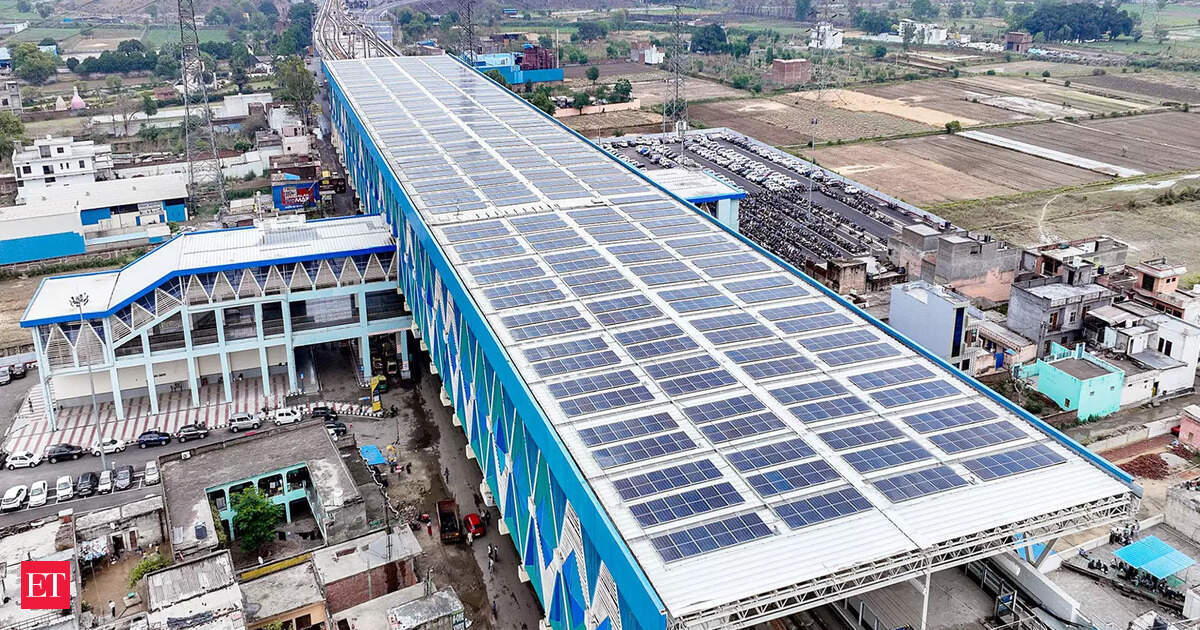Key Takeaways
- India is adding 15-25 GW of new renewable capacity annually, despite global challenges impacting timelines.
- The focus is shifting from capacity expansion to system strength and integration, aiming for 500 GW of non-fossil capacity by 2030.
- Over 40 GW of projects are in advanced stages, with a significant emphasis on upgrading transmission infrastructure to support future growth.
Transforming Renewable Energy in India
India’s Ministry of New and Renewable Energy (MNRE) reports a steady annual addition of 15-25 gigawatts (GW) of renewable capacity, positioning the country among the fastest globally in this sector. However, global challenges, including supply-chain disruptions and fluctuating module prices, have impacted the timelines for commissioning new projects.
The MNRE highlights a shift in India’s renewable energy narrative from mere speed in capacity addition to a focus on system strength, stability, and depth. As the sector matures, the emphasis is transitioning from simply scaling up capacity to ensuring the resilience and dispatchability of the energy systems. The aim is to support India’s ambitious target of achieving 500 GW of non-fossil fuel capacity by 2030.
Over the past decade, India’s renewable energy capacity has skyrocketed from fewer than 35 GW in 2014 to over 197 GW today, not including large hydroelectric power. This exponential growth has reached a vital point, necessitating deeper system reforms to effectively accommodate future expansion. The focus is now on grid integration, energy storage, hybrid solutions, and market reforms—fundamental elements for a future exceeding 500 GW of non-fossil capacity.
The recent moderation in new capacity addition is seen as a recalibration, allowing the sector to stabilize and ensure that future growth is both dependable and durable. More than 40 GW of awarded renewable projects are now in advanced stages, working toward securing Power Purchase Agreements (PPAs) or Transmission Connectivity Agreements (TCAs). This reflects a robust pipeline of committed investments, although the market’s rapid growth has outstripped the existing capabilities of the grid and contractual institutions.
To facilitate large-scale renewable energy (RE) projects, priorities include enforcing the Renewable Power Purchase Obligation by state distribution companies (DISCOMs), upgrading transmission lines for power evacuation, and leveraging technology for grid integration. This year, Central Renewable Energy Implementing Agencies (REIAs) have conducted bids for 5.6 GW, while state agencies have bid for 3.5 GW. Moreover, commercial and industrial consumers are estimated to add nearly 6 GW of renewable capacity by 2025, indicating diverse pathways for capacity growth beyond just REIA-led initiatives.
Moreover, the approach to transmission infrastructure is redefining India’s grid system. The government’s Rs 2.4 lakh crore Transmission Plan aims to link renewable-rich states with demand centers, prioritizing investments in the Green Energy Corridors and establishing high-capacity transmission lines from regions such as Rajasthan, Gujarat, and Ladakh. Although these initiatives will unfold over several years, they are projected to unlock over 200 GW of renewable capacity once operational, thereby ensuring a more resilient and integrated renewable energy landscape for India in the long term.
The content above is a summary. For more details, see the source article.















